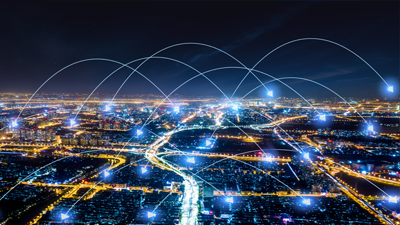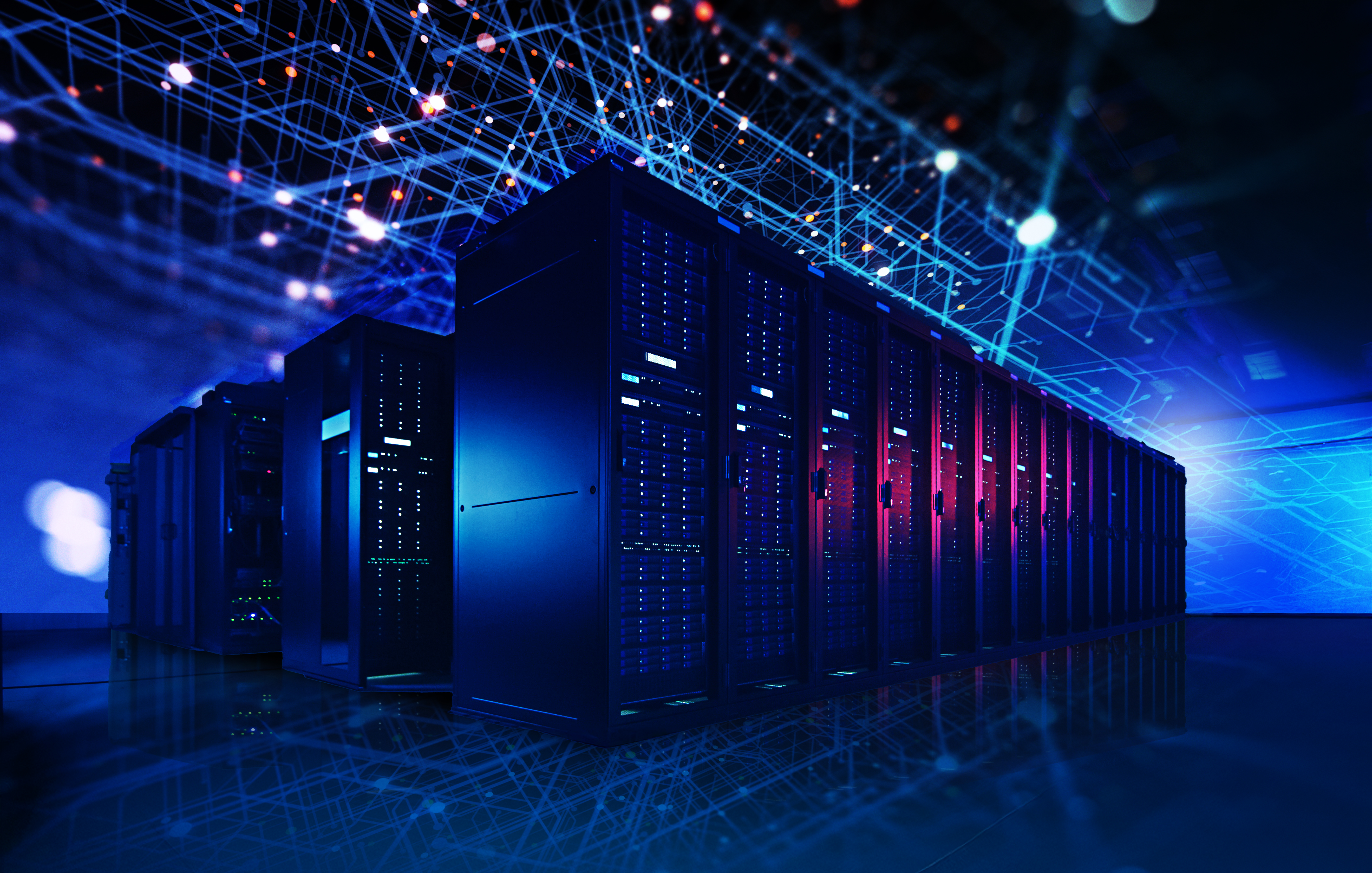NEOM is more than just a futuristic city; it is significant to Saudi Arabia’s Vision 2030. Using clean energy and innovative technology, the project aims to introduce a new way of urban living and sustainability.
Announced earlier this year, a new 397,000 sqm sustainable city will be built on Yas Island in Abu Dhabi. The new city will include green practices such as car-free residential clusters, recycling facilities, and indoor vertical farming.
But how do we differentiate a sustainable city from cities where some of us enjoy fresh air, clean water and green spaces?
What does a sustainable city look like?
Today when you look up the definition of a sustainable city or eco-city, you will find one underlying factor that is consistent, which is the use of technology to help achieve the sustainability goals. ‘Green technology’ is a 2022 ubiquitous buzzword, and it means any technology designed to reduce the negative impact of human activity on the environment.

For example, the UAE is striving to diversify its income resources by moving away from oil which is a non-renewable energy resource. As part of UAE’s sustainable development to promote a greener economy, one of the key initiatives aims to promote the production and use of renewable energy. According to GlobalData, UAE plans to rely on new renewable methods to produce 30% of power by 2030. Currently, the UAE mainly depends on thermal power to generate most of its electricity, with 92.6% of its total electricity produced from thermal power in 2021.
Green technology, which is closely connected with smart city is imperative to a sustainable future, and making sure we are leaving precious resources for the generations to come.
Powering sustainability with connectivity
To achieve the sustainability efforts, connectivity is driving it. With 5G and Internet of Things (IoT), we can deploy technology to help protect and preserve our environment and support a greener future.
During GITEX Technology Week 2022, CommScope will highlight its latest solutions to enable a smart and sustainable future for network operators across the region:
- Fiber for High-Speed and Robust Connectivity: Smart cities will be built on fiber. CommScope will be demonstrating fiber technologies for faster connectivity in buildings, the data center and central office.
- Fueling Faster Connectivity for Smart Cities: 5G has the potential to reduce environmental impact by enabling new technologies. With more devices and sensors connect to the network, 5G will help to accelerate IoT applications from smart energy management to air quality monitoring. CommScope’s Mosaic platform makes it simple, efficient and fast for network operators to deploy 5G while maintaining legacy network coverage and footprint.
- Empowering Data-driven Sustainability: Smart or green cities generate a lot of data today, with more IoT devices deployed to provide valuable insights to government agencies and organizations. Data Center is the backbone of a smart city, but it also contributes to carbon emissions. One way to improve data center sustainability is to bring data closer to the edge. CommScope’s high-speed fiber platform Propel not only help data center migrate to faster speeds, it also enables faster, more-efficient access to data, and in turn, help to minimize energy consumption.
Come say hello to our CommScope’s experts during GITEX in Dubai between 10th and 14th October, at Stand # H5-A30!















